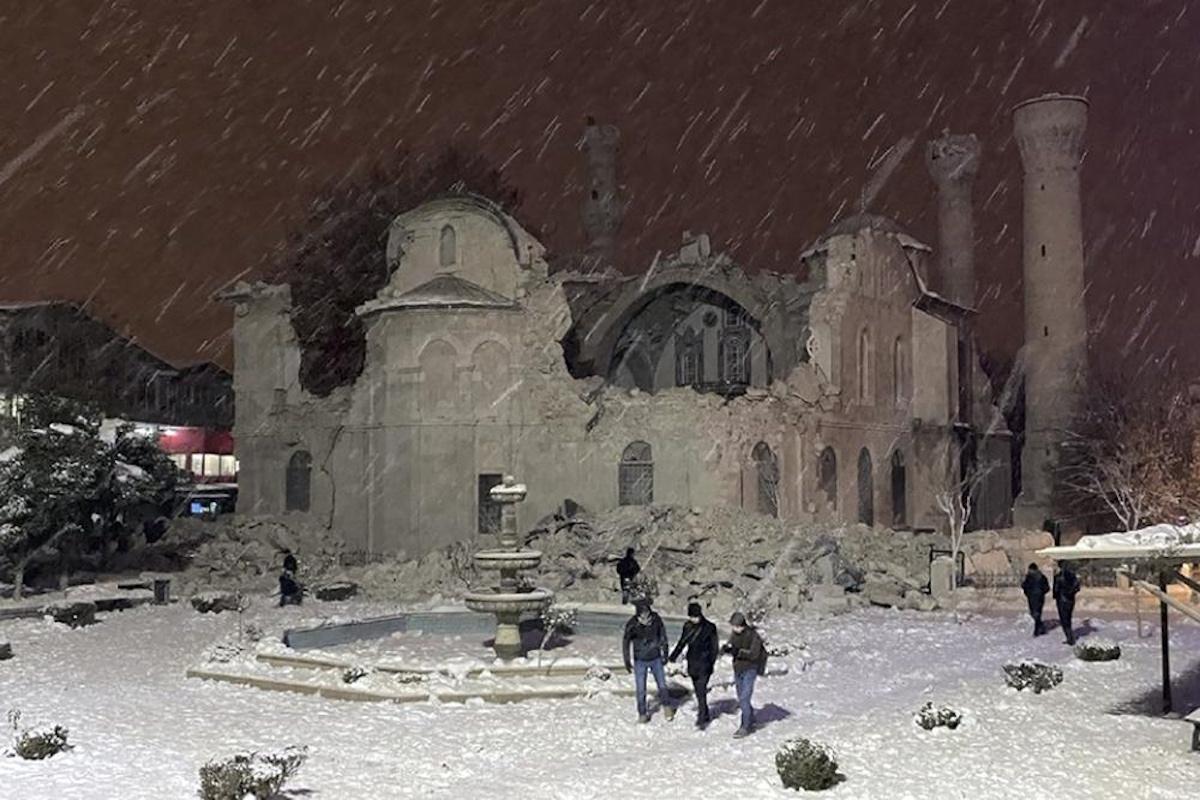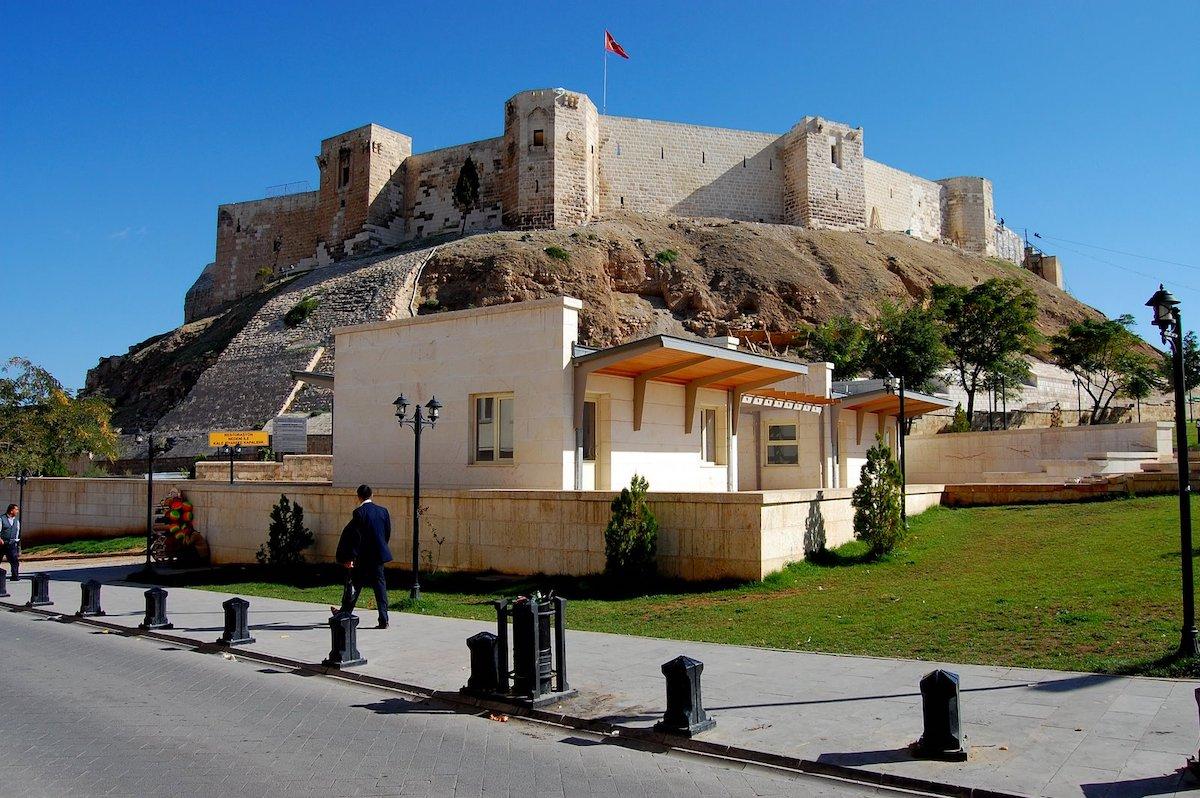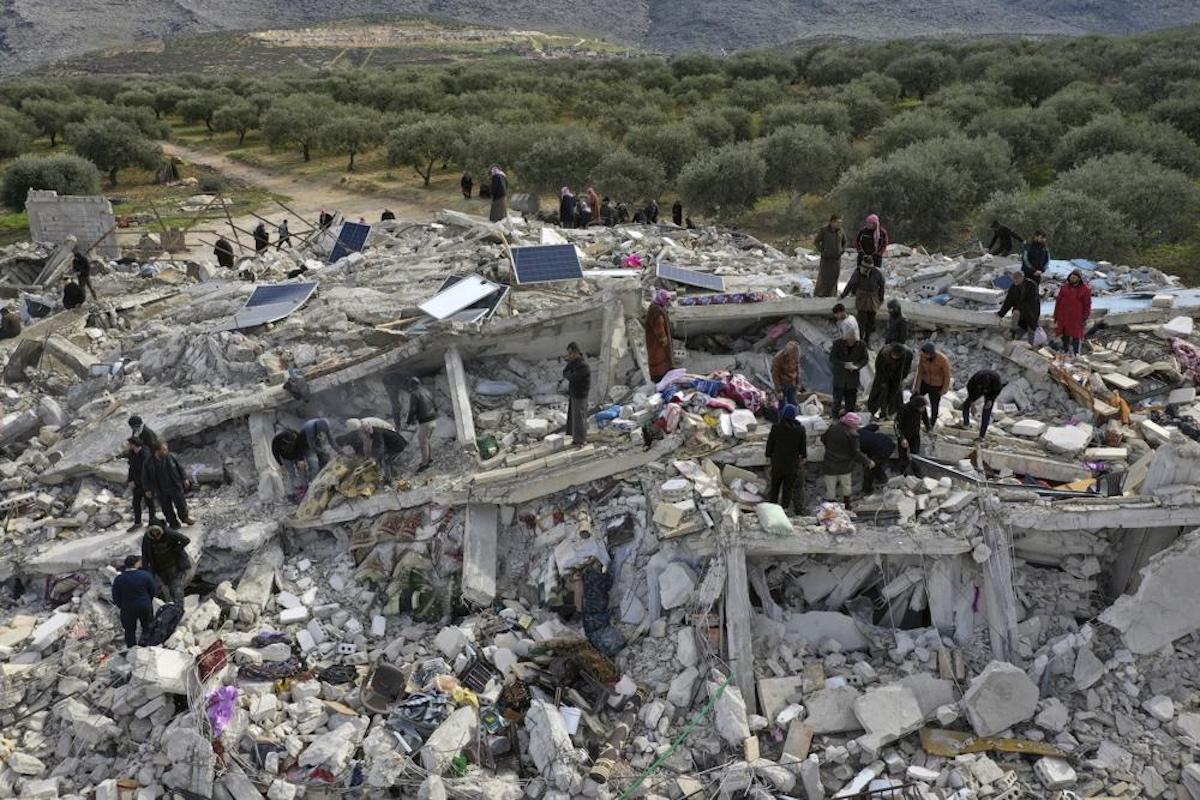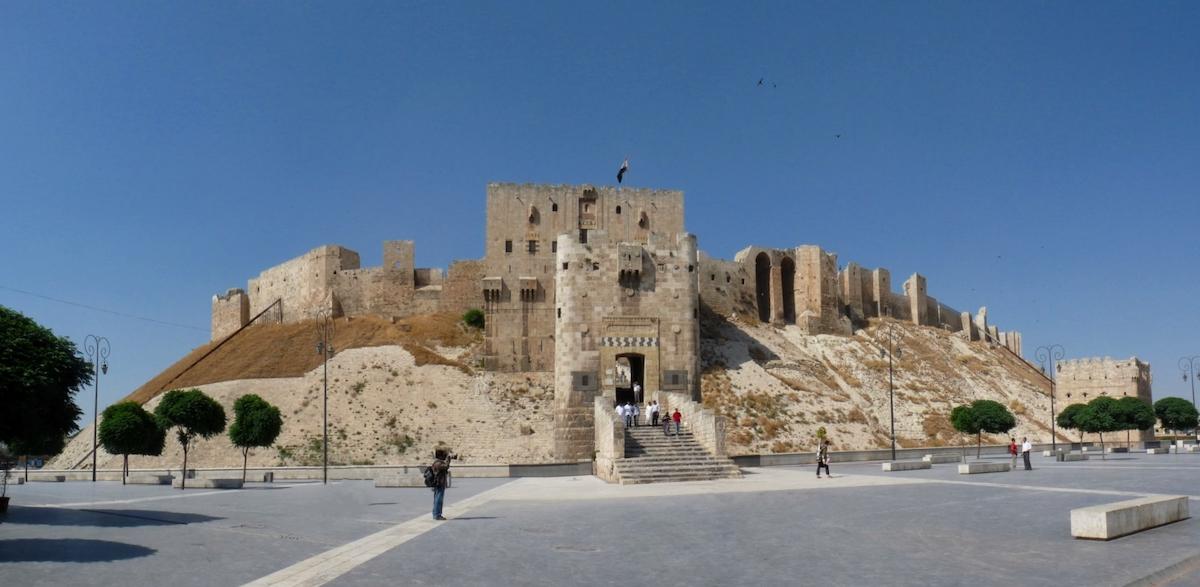Among the damaged sites, the Gaziantep Castle was first used as an observation point during the Hittite Empire. During the Roman Empire in the 2nd and 3rd centuries AD, it was transformed and expanded into a castle. It has been occupied numerous times: from Byzantine Emperor Justinian I, to the Ayyubids in the 12th century, to the Ottoman Empire, this castle was of great importance in Turkish history. From this week’s pair of earthquakes, it has been reported that part of the Gaziantep Castle’s walls and watch towers were still standing. But other areas are seriously damaged, including the iron railings, walls, and bastions.
Another site that might be affected by this earthquake is Mount Nemrut, or Nemrud. This site is a 2,134 meter high mountain that is notable for its summit, where a number of large statues are erected around what historians believe to be a royal tomb from the 1st century BC.
UNESCO director general, Audre Azolay said in a statement to Barrons, “Our organization will provide assistance within its mandate."




























